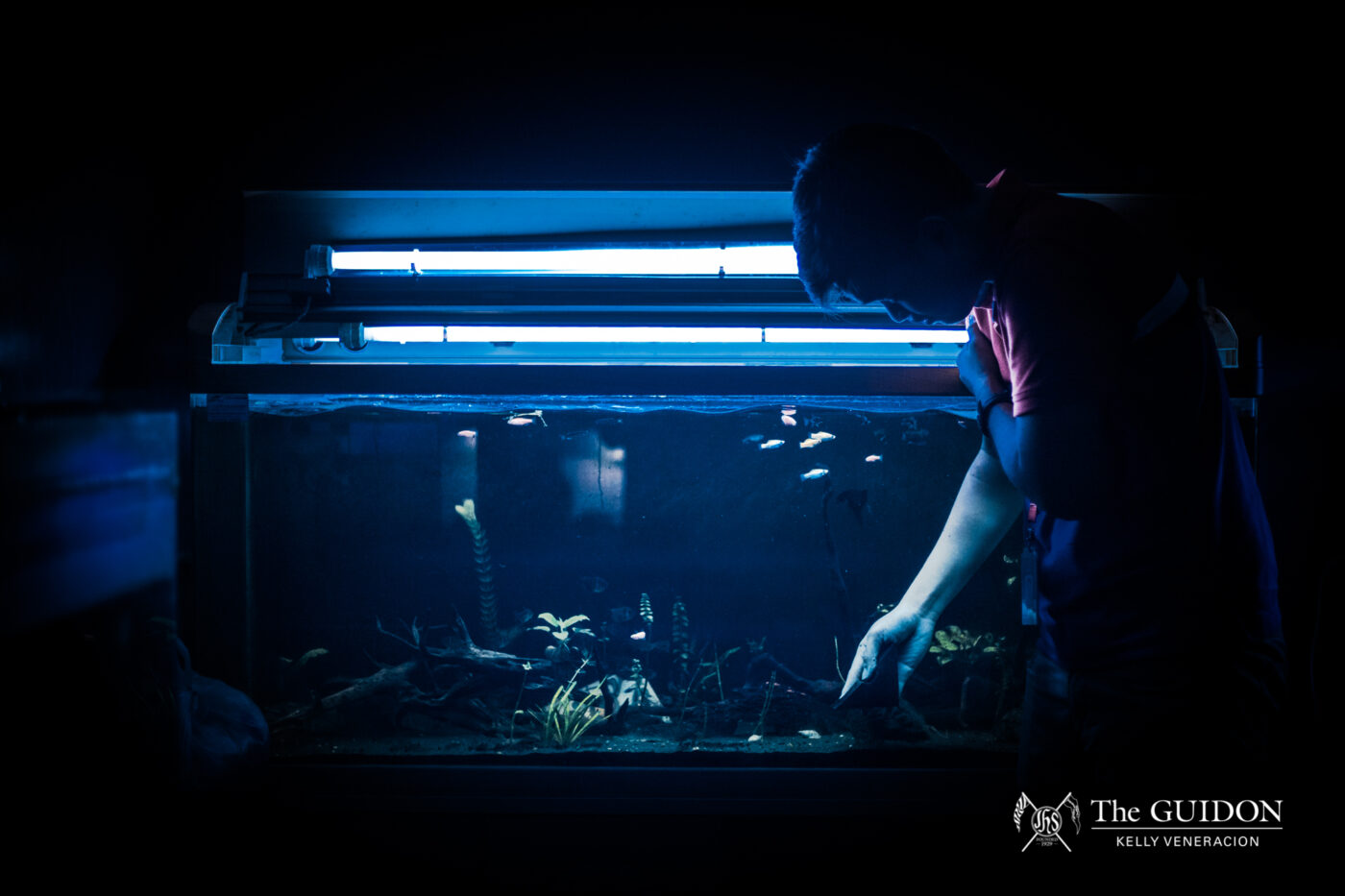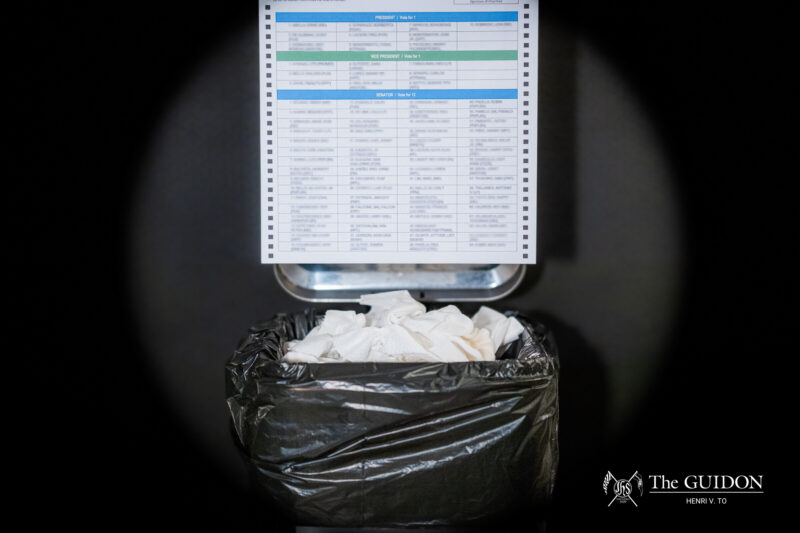Scientists and environmentalists are concerned with the alarming status of coral reefs in the Philippines, which was confirmed in a nationwide survey held this year. According to a Philippine Journal of Science report on initial findings on the nationwide assessment of coral reefs from 2015-2017, 74 of the 166 coral sampling stations in the country were deemed to be in peril—damaged due to climate change and pollution.
This 2018 is proclaimed to be the third International Year of the Reef (IYOR). With the state of coral reefs, along with recent coastline violations, our country has had a rough start.
The Philippines has the third-largest coral reef system in the world. Spanning over thousands of square kilometers, it is home to a flourishing variety of underwater species. From the common bangus milkfish (chanos chanos) to the vibrant picturesque dragonet (synchiropus picturatus), coral reefs provide habitats for aqualife that paint the picture of biodiversity.
However, certain developments in the country have posed a threat to reefs. The need for greater harvest in the fishing industry leads to men opting for destructive illegal fishing. Urbanization, though progressive in nature, has the entirety of marine life as its bargaining chip. And now, the spotlight has yet again shifted to another issue: aquarium hobbies. Could it be, that the hobby meant to appreciate the beauty of underwater nature is its own predator?
Enthusiasm or exploitation?
Aquascaping and fishkeeping make up the aquarium hobby, and both go hand-in-hand. Aquascaping involves arranging aquatic plants and rocks to create an underwater garden of sorts. The task lives up to the expectations of what modern aquariums are like today: visual and aesthetically pleasing. Most hobbyists don’t stop at aesthetics and decide to add aquatic life—unique species like clownfish and cichlids—into their tanks. Aquascaping, which lays groundwork for the aquarium, and the added element of fishkeeping immediately color a tank with majestic life.
Filipinos are no stranger to this hobby. Online forums and Facebook groups have emerged to inform budding hobbyists and spread word on the craft. From sharing photographs of their finished aquariums to video tutorials on beginner aquascaping, the world of aquarium hobbies is a deep dive to uncover.
However, this hobby is also seen with skepticism from the public. The Philippines is boxed within the threat posed to endangered species today and the ongoing damage to reefs. The prevalence of the illegal captivity of marine resources threatens our oceans.
Although keeping captive-bred fish is safe and does not pose any risk to aqualife, the same cannot be said about fish from the wild. Ateneo Environmental Science Society (AESS) Associate Vice President for Research Tafsy Yap says that one must be cautious when purchasing fish, especially if they’re caught from the sea. “It’s wrong to just get fish from their habitat and put them in your own habitat,” she explains.
The high mortality rate of fish caught from the wild, when placed in an environment as confined as that of an aquarium, is just one of many concerns surrounding fishkeeping.
The inquiry and perceived threats to coral reefs were enough to justify Republic Act No. 8550, also known as the Philippine Fisheries Code. Passed two decades ago, the Act aims to conserve and sustain aquatic resource management. Further under this is Section 91: the ban on coral exploitation and exportation, which provides that one cannot possess or sell corals except for scientific purposes.
Despite this, illegal practice continues to flourish. Just last August, the National Bureau of Investigation apprehended an online peddler of endangered corals and giant clams in Bacoor, Cavite.
Last July, Romina Lim, National Youth Councilor for World Wildlife Fund Philippines, found corals exported from the Philippines being sold at a gift shop in Long Beach, Washington. The Tubipora and Heliopora corals cost “less than [Php 2,000].” The same gift shop sold bottled shark pups “for around [Php 800].”
Danger to diversity
“If you don’t have the right equipment or if you’re irresponsible, you have to work on that before keeping fish,” says Abel Almario (3 AB Dip IR), a longtime aquascaping and fishkeeping hobbyist. “You control their environment, and you’re the god of it.”
This hobby, when irresponsibly observed, may have adverse effects on marine biodiversity. The act of keeping fish and corals in aquariums can be detrimental to the species. In her journal article titled “Can Corals Be Harvested Sustainably?”, Vicki J. Harriott, an environmental science researcher, mentions how a heavily harvested coral site in the Philippines showed indications of intense collection due to differences “in coral density and percentage cover.”
Additionally, exotic species that hobbyists import are sometimes released into the wild. “[The janitor fish is] an invasive species and a common fish in the hobby, so people dump them when they get too big,” says Almario.
This raises the problem of alien species invading the current environment. The discovery of 2,000 kilograms of janitor fish in the Marikina River in 2008 is one such instance. This example doesn’t stray far from the coral side of the story, where corals are illegally and irresponsibly harvested.
Aquascaping and fishkeeping are crafts that require careful attention to be done correctly. Yap explains that certain factors, such as oxygen levels and lighting, make this hobby a challenge. “If you’re someone who collects fish and you may not even be aware that some fish have certain needs, you might just end up killing them,” she says.
Almario also recognizes the intricacy that goes into the hobby. “Equipment is a given. There’s also time. Some fishes are low maintenance, and others—if you don’t change their water often, they’ll die,” he says, highlighting the commitment necessary to sustainably aquascape. “[Corals are] beautiful, and perhaps some only like them as decorations, but they’re still live animals.”
Finding middle ground
Harriott states that several coral species grow at faster rates and are, therefore, less prone to overexploitation. She continues to state that coral harvesting must be limited to species with faster growth rates, and people must avoid harvesting those that do not regrow easily.
The implementation of various management practices that observe harvesting and restrict it to certain areas is also crucial to making this practice viable. Harriott writes, “With the appropriate management, sustainable coral harvesting is possible.”
Almario concurs, “Regulation would be a better option over an outright ban.” Although still illegal, he explains that there’s a sustainable method that allows corals to be harvested without damaging reefs through coral fragging, a process where pieces of coral are chipped off and grown into several polyps.
Harriott once again emphasizes the need for appropriate management, “[b]ecause corals are hand-collected, collateral damage from collection can be minimized where collection techniques follow best-practice.”
Yap, however, remains wary towards any form of coral gathering. “You only get a little bit of the coral but, it’s really advisable not to get the corals because once you get even a single structure, you’re going to disrupt the many species there.”
Despite differing opinions regarding the ban on coral ownership, both those in favor and against it simply desire the preservation of corals. Almario says, “The end goal is to make sure the corals and the environment don’t die on us. [Aquarium enthusiasts would] equally be appalled if corals get damaged.”
Photo by Kelly Veneracion







